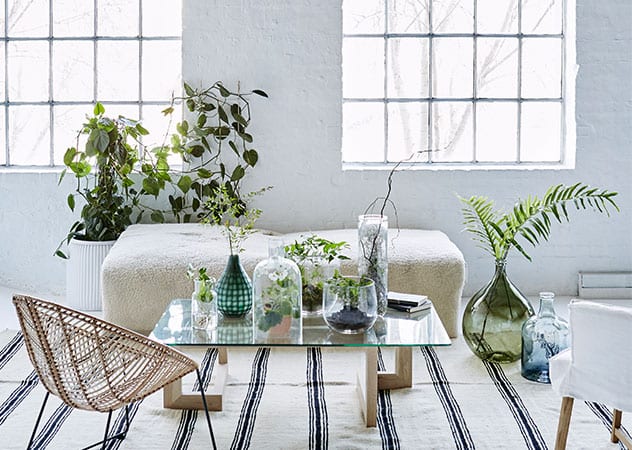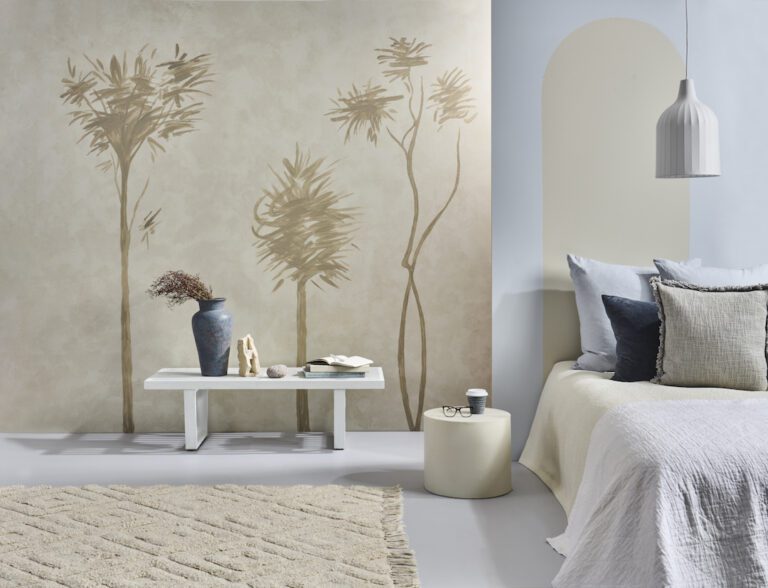Why should I have plants in my home?
Immersing yourself in nature has long been proven to boost mental wellbeing, so unsurprisingly, bringing greenery inside has health benefits too. While it’s common knowledge that there are many health benefits of indoor plants, until now it has not been known just how many plants are needed to have a real impact.
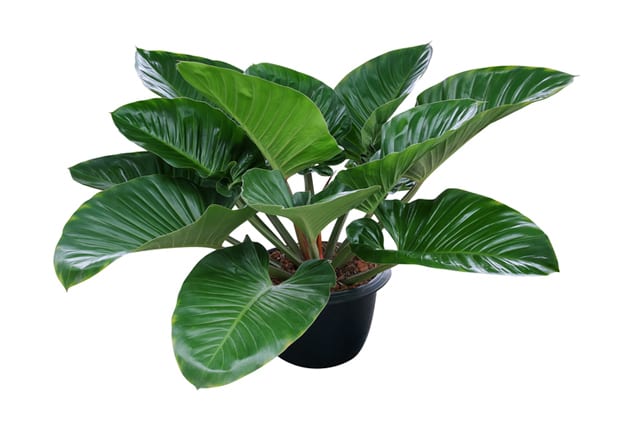
A study from the University of Melbourne and RMIT University discovered the exact number of plants needed to enhance wellness. According to their research, one medium-sized plant placed in a medium sized room improves the air quality up to 25% by reducing the volatile organic compounds present. Additionally, having 5 or more plants present in your interior space not only promotes positivity and focus but makes you more productive, too.
Dominique Hes, key researcher from the University of Melbourne, highlighted the importance of the study. “Human beings are less and less among nature with current estimates indicating that urban dwellers spend 90% of their time in indoor environments – resulting in a high level of exposure to indoor contaminant compounds,” she said.
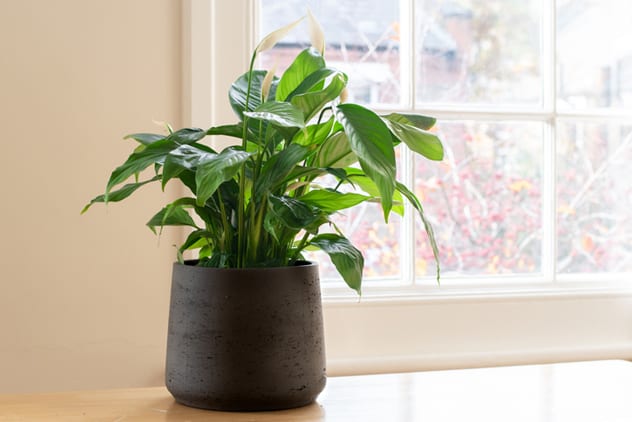
Hes confirmed the accuracy of the plant-wellbeing connection. “Through this study, we also found there is also no mistake – indoor plants improve air quality by filtering airborne toxins caused by organic chemicals in things like paints and furniture finishes.”
Even NASA has long been in on the indoor plant craze for its human health benefits.
The space agency identified indoor plants that not only look lovely and brighten up your home, but are also hard-working air purifiers.
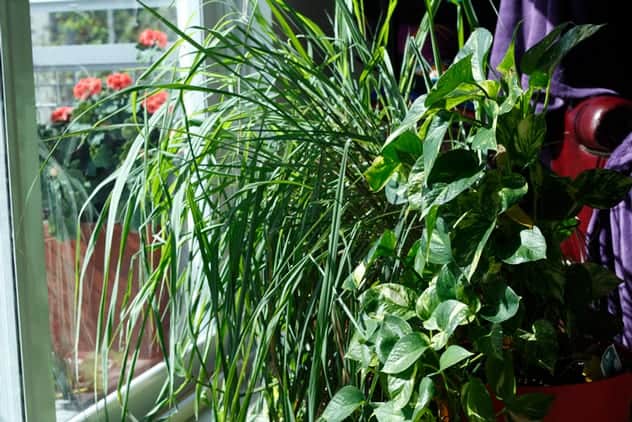
NASA and the Associated Landscape Contractors of America (ALCA) conducted a Clean Air Study in 1989. The study confirmed a list of common indoor plants that clean the air by removing toxic agents.
What plants should I buy for my house?
Try any combination of these for a starting point:
Peace Lily – these gorgeous flowering plants remove mould from the air.
Philodendron – a vibrant green plant, the Philodendron removes formaldehyde from its surroundings.
Devil’s Ivy – perfect for hanging from the roof, Devil’s Ivy is one of the best natural air cleansers.
Snake Plant – these spiky green plants absorb large amounts of carbon dioxide and release oxygen at night, also making them a great option for the bedroom.
And if you want to go space-age, here is NASA’s list of recommendations in full:
- Florist’s Chrysanthemum
- Red-edged Dracaena
- Broadleaf Lady Palm
- Barberton Daisy
- Cornstalk Dracaena
- English Ivy
- Snake Plant
- Bamboo Palm
- Weeping Fig
- Devil’s Ivy
- Flamingo Lily
- Lily Turf
- Dwarf Date Palm
- Boston FernK
- Kimberley Queen Fern
- Spider Plant
- Chinese Evergreen
Care for your indoor plants
- Choose your pot wisely: figure out how big your plant is likely to grow and select an appropriately sized pot. If you start off with a pot that’s too small and your plant outgrows it before you get around to re-potting, it can get ill or die.
- Look for holes: make sure your pot has at least one hole in the bottom so that water can drain through the soil and into the base. If your pot doesn’t have holes and you overwater the plant you risk destroying it.
- Don’t drown them: even with holes in the base of your pot, it’s important not to douse your plant in too much water. Plants can drown if left sitting in trays with excess liquid. Water them slowly to ensure they get just the right amount.
- But also, don’t dehydrate them: similarly, it’s important to water your plant enough that it doesn’t dry out. Most houseplants don’t need watering every day but read the label for each specific species to be sure.
- Embrace the sun: as well as sufficient water, your plant needs sun and warmth. Remember, houseplants don’t get the same sun as outdoor plants, so make sure they are exposed for several hours a day at least. You can always rotate your plants each week to ensure they all stay healthy.
- Feed them: while some plants thrive without fertiliser, it’s always a good idea to give your plant a little help if possible. Add fertiliser when you first pot your plants. Try to give them a little liquid fertiliser every 2-3 weeks as well.
- Keep them shapely: if your plant has flowers, make sure you remove blooms before they are completely dead. This process, called ‘deadheading’, makes way for new blooms and encourages fresh growth.
Read more:
Hidden benefits of gardening
Indoor plants to clear your air
How to keep your house plants happy
Turn your home into a jungle


